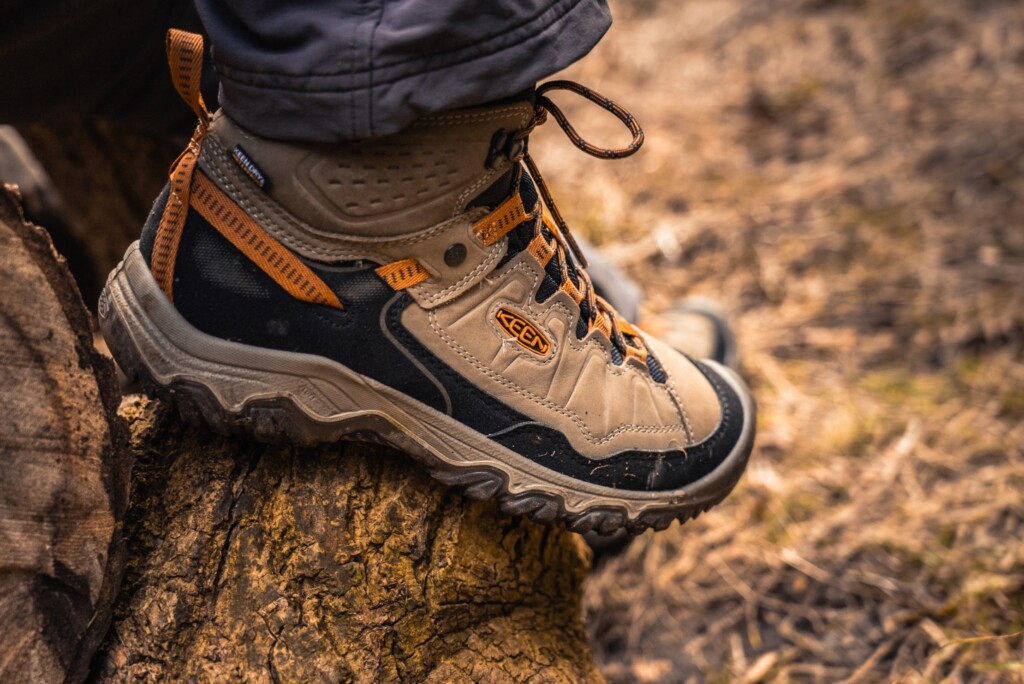The Magic of Merino
Wool has clothed humans for millennia. With a functionality still untouched by synthetic fabrics, it remains at the core of the textiles industry. Defined by softness, a thin yarn, and an ability to perform in any environment, Merino is widely considered the finest of all wools. Today, the outdoor industry has reached peak Merino, and for very good reason. This is an ode to the world’s finest adventure fibre.
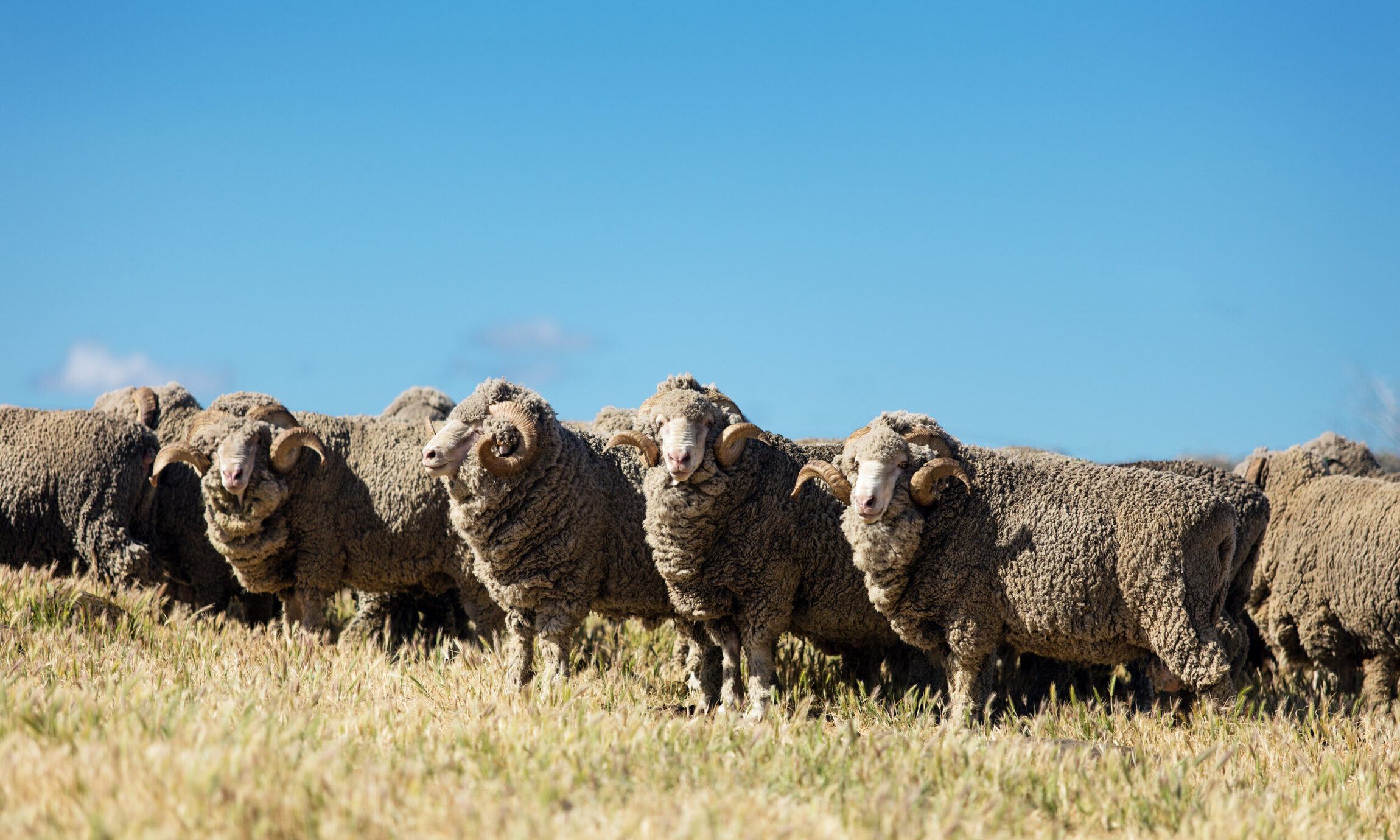
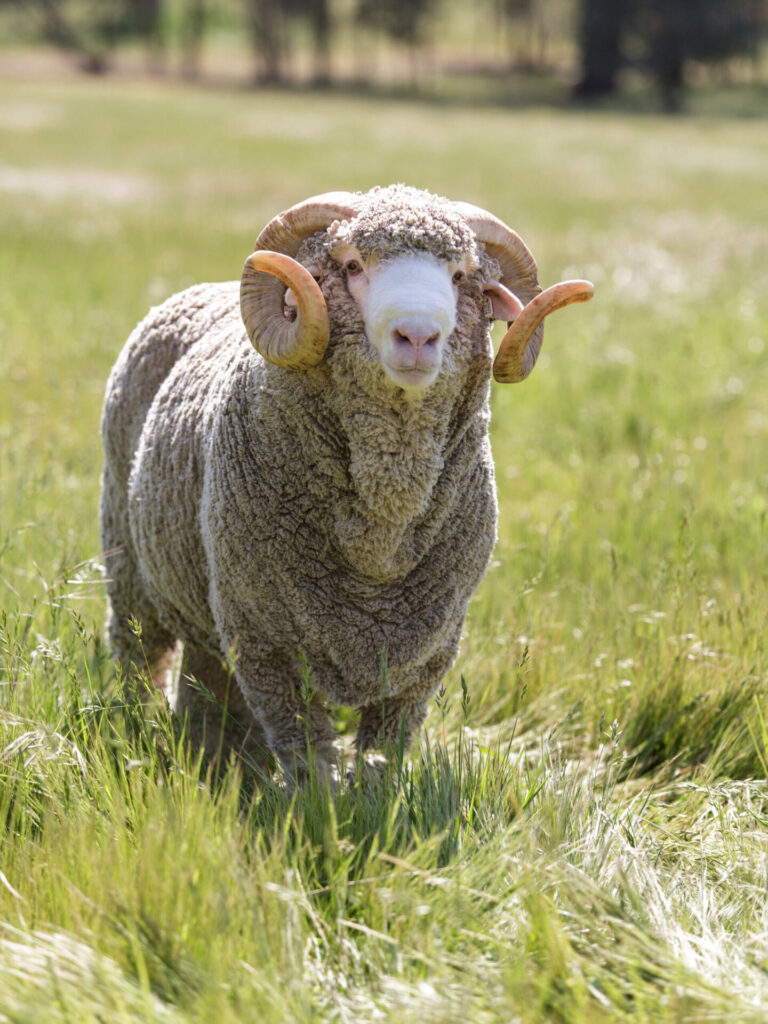
Despite rapid development in synthetic materials in the 1990s, all synthetic breathable fabrics were designed to replicate the natural properties of merino wool
What is Merino Wool?
The same structural protein which forms our nails and hair as well as the hooves and claws of animals, keratin, also makes up about 90% of wool. Merino wool takes its name from the breed of sheep which it insulates. Expressed in microns – a millionth of a meter – the diameter of its fibres is what really separates Merino from every other type of wool. While long-wool sheep may typically produce fibres with upwards of 30 microns, typically Merino sheep fibres measure lower than 20, with the highest ultrafine breeds producing fibres as low as 10 microns. To put that into perspective, a red blood cell is about 5 microns across, a human hair about 75 microns.
The Evolution of Merino
Around ten thousand years ago, in the ancient region of Mesopotamia – the area between Kuwait and south eastern Turkey – sheep were domesticated for the first time. According to evidence from archaeological sites in Iran, selective breeding of animals for their wool started about two thousand years later. By around 4000 BC, sheep were introduced to Europe.
Whilst the first woollen garments are likely to have been forged soon after. The oldest European wool textile on record was found in Denmark, two metres deep in a peat bog, where a pointed skin cap produced from sheepskin and wool was worn by a hanged man who became known as the Tollund Man. The body was so perfectly preserved that local authorities believed they had discovered a recent murder victim, but upon recovering the body, examinations suggest the man died in circa 1500 BC.
Fast forward another 2000 years, and in southwestern Spain in the 12th Century, sheep farmers introduced breeds from the British Isles and North Africa to their local stocks, a process which is generally believed to have created the Merino breed. As the world’s sole producers of Merino, this new monopoly was instrumental in early modern economic development in Spain. In high demand from the European aristocracy, all Merino flocks were owned by Spanish nobility or the Church, with any movement of the sheep fiercely protected. Efforts to take live Merino sheep outside Spain were punishable by death.
By the eighteenth century, typically as gifts from the Spanish King to fellow European monarchs, small numbers of Merino sheep were exported from Spain. Eventually, in 1787, the English naturalist and botanist Sir Joseph Banks acquired four Merino ewes and two rams in Portugal. In 1790, acting as the agent of King George III, Banks purchased forty more to form the foundations for the royal flock at Kew Gardens in London.
The cold, humid environment in England didn’t agree with the sheep. Developed in southern Spain, the sheep were used to dry, temperate climates. Attempts at raising the sheep undercover in barns and sheds failed as the confined environment caused severe stress to the animals. The combination of dry cold and summer warmth had stimulated the fleeces that Merino sheep had become known for. As the British wool industry started to expand internationally at the end of the eighteenth Century, six Spanish Merino sheep arrived in South Africa, where they soon multiplied.
Arrival Down Under
On the 13th of May 1787, eleven ships departed from Portsmouth to compound the First Fleet, a group of roughly 1500 people who would found the penal colony and the first Western settlement in Australia. Amongst the convicts, marines, civil officers and free civilians, about 70 sheep – bred only for the consumption of their meat – survived the journey.
In 1797, having purchased seven Merino sheep in Cape Town which had made their way from England, Captain Henry Waterhouse, an officer in the British Royal Navy, sold those sheep to John McArthur. An officer in the British army as well as an entrepreneur, politician and architect, McArthur was busy putting his stamp on the new society, and he is recognised as one of the key pioneers of the Australian wool industry.
In March 1858, the Peppin brothers of Dulverton in Somerset threw a collective hat into the ring. Purchasing a large amount of land in southern New South Wales, they selected 200 ewes to breed. With these ewes, the brothers developed the Australian strain of Merino known as the Peppin, a type of Merino wool that has since become legendary throughout Australia and around the world for its particularly fine and high quality yarn.
The Way Merino Wool Works
On a very basic level, the effectiveness of Merino wool as a fabric comes down to moisture management. This simple capability remains the key to Merino being one of the most versatile, functional fibres on Earth. While most synthetic materials feel wet after they absorb around 7% of their weight in moisture, like most wool Merino will absorb up to about 35% of its own weight in moisture before it feels wet to the touch. But its real genius is the ability to draw moisture away from the surface of your skin and release it for evaporation.
Of course, the human body’s natural response to overheating is to cool by releasing moisture through the skin’s pores, so a common feature of most active wear is wicking technology to keep you both comfortable and cool; this is a functionality lifted directly from the properties of wool.
Through what’s known as capillary action – the process by which liquid naturally moves through narrow spaces despite opposition from external forces – Merino’s fibres draw moisture away from the skin to its outer surface. This is also how plants draw water from soil. It’s this natural phenomenon that gives Merino its extraordinary ability to manage moisture.
Temperature Regulation
Normal wool is typically thought of as a great insulator, which it is. Yet through its superb moisture management, Merino is also a fantastic heat regulator. By absorbing within its structure any moisture omitted from the surface of the skin and then evaporating it, the air between the skin and the fabric is cooled. Effectively, the warmer you get the more evaporation takes place, and therefore the larger the cooling effect.
So if it’s so good at keeping us cool, how does it also keep you warm? Within the structure of the fibres, wool is naturally crimped allowing space for tiny chambers of dead air to store body heat. This is the basic design of all insulation, with the air serving as insulation against heat and cold when appropriate.
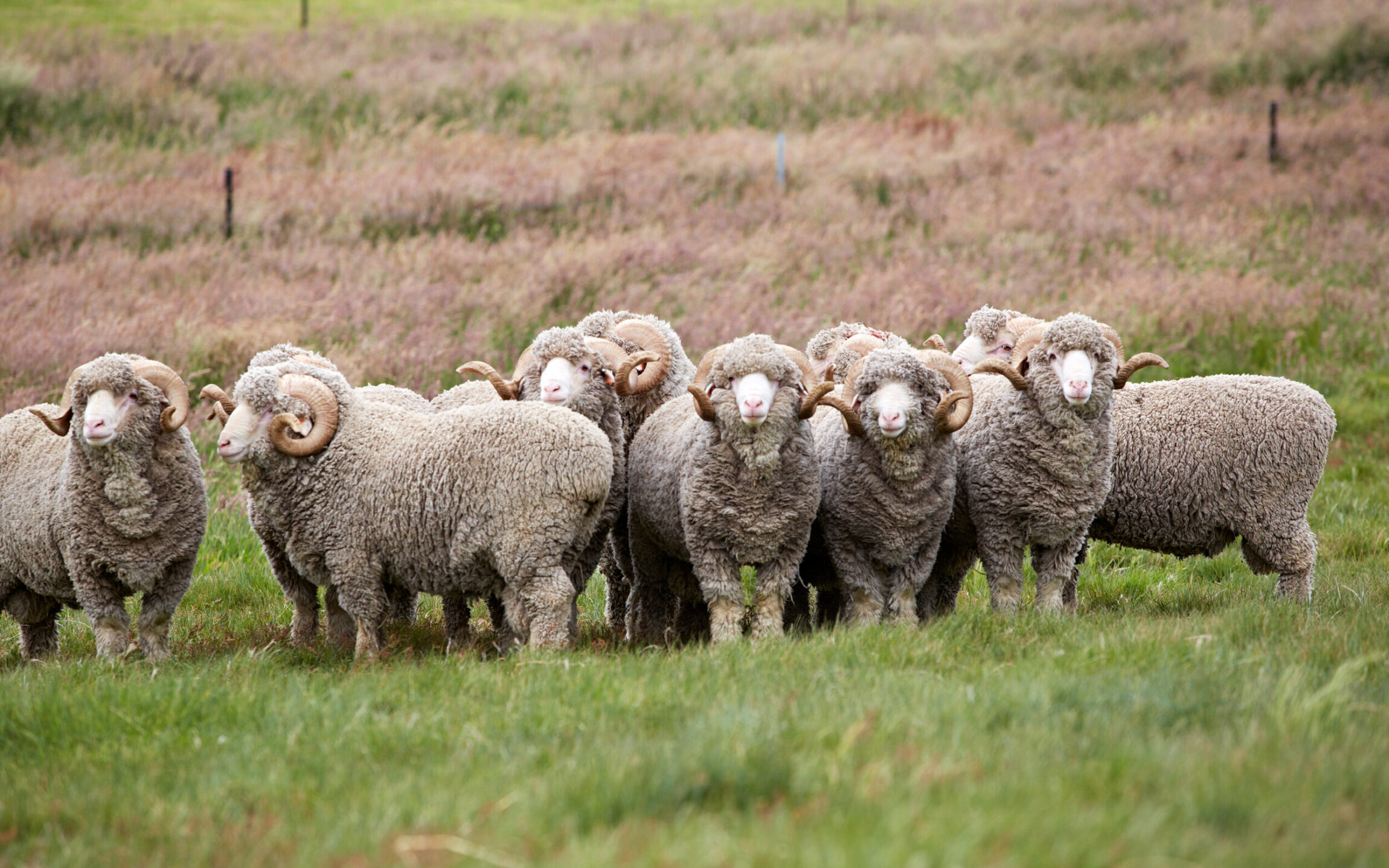
Odour Resistance
The common headline which alone puts Merino head and shoulders above many of its competing fibres is the fact it doesn’t retain body odour, or at least not for a really long time. That’s because its fibres are naturally anti-microbial, making it difficult for bacteria to develop.
Like all wool, Merino contains Lanolin – a wax used in various lubricants, rust-preventive coatings and shoe polish – which is naturally secreted by the sebaceous glands of the sheep. This adds a degree of waterproofing to the outer layer of the garment. Not only does this protect the wool from the rain, but it also prevents bacteria and dirt from settling on
its surface.
Secondly, the protein behind the structure of the wool, keratin, destroys any bacteria which has managed to settle. Consisting of two different cell types, through their different rates of moisture absorption, they create friction. The result is a remarkable self-cleaning mechanism.
Merino in the Adventure Industry
Next to the skin, you’ll be hard pushed to find a fibre more comfortable and better suited to the challenges of the outdoors than Merino. For base layers – arguably one of the most important components of your adventure wardrobe – there’s no better fibre.
While Merino clothing is of course no new thing, its powers for dealing with the challenges of outdoor activity weren’t discovered until relatively recently. At a time when oil-based synthetics were on the rise, New Zealand entrepreneur Jeremy Moon stumbled across the brilliance of Merino through a chance encounter with a farmer in 1994.
Despite rapid development in synthetic materials in the 1990s, synthetic breathable fabrics were designed explicitly to replicate the natural properties of Merino wool. Realising its potential for adventure clothing, Moon fell in love with Merino wool, and founded the brand Icebreaker. The key behind his new venture was to mimic natural behaviours, and to act resourcefully and dynamically in accordance with the environment.
Today, working with Merino farmers across New Zealand, Australia and South Africa, Icebreaker is a truly international operation today. The business also works closely with mills in China, Vietnam, Taiwan and Japan – and garment suppliers in Asia, America and Europe – before being distributed globally.
Merino in the UK
For centuries, wool production was a key industry in the UK with the mills of north west England renowned on a global scale. Today, the UK accounts for around just 1.4% of the world’s wool production.
‘Lots of UK farmers traditionally farm sheep only for meat and see wool as a waste product,’ explains Lesley Prior, one of the UK’s few Merino producers.
‘We wanted to do something different where we didn’t have to kill animals to make money. Merino is sustainable, renewable and absolutely recyclable like all wool. There are no harmful micro-plastics and it has incredible softness, which is ideal for next to skin sportswear.’
Today, the sheep Lesley breeds on the fringes of Exmoor are very different from those of early Merino back in 18th Century Spain, having been through multiple transformations adapting to different climates.
‘The genetics of our sheep are Australian, pure Super and Ultrafine Merinos, which do far better in wetter environments,’ she explains. ‘They aren’t really suited to extreme dry conditions where they have to walk miles for water. Even in Australia, my type of sheep are found in the wetter parts of New South Wales and in Tasmania, and also Victoria. The wool copes well with rain, providing you get the genetics right. That’s what we have spent 15 years doing.’
Keen to develop and follow her own locally sustained supply chains here in England, Prior works directly with the individuals at every stage of the process. Sheared from the sheep on location in Devon, the wool is then transported for spinning in Yorkshire. It’s sustainable practices like these which ultimately keep producers like Lesley Prior in business. But it’s not always easy.
‘We have to find and work with retailers and processors. We supply Finisterre, the outdoor clothing brand based in Cornwall. They’re a great team. We share their values and work really well with them,’ she says.
Don’t miss a single adventure
Sign up to our free newsletter and get a weekly BASE hit to your inbox
Other posts by this author
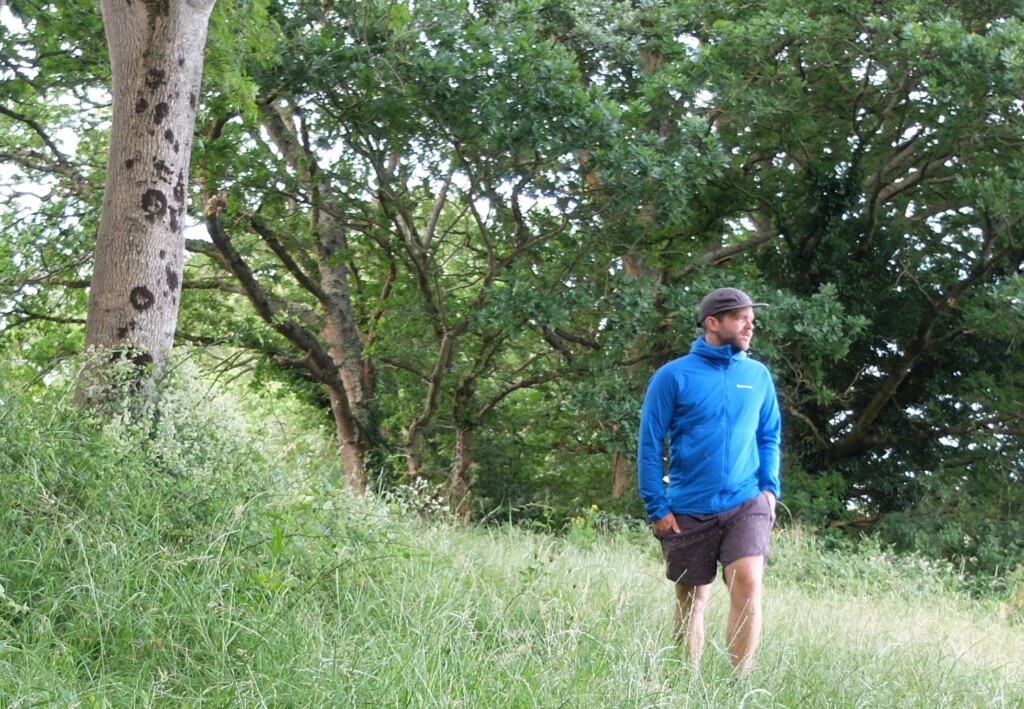
Review • Chris Hunt • Jun 27, 2023
Review: Montane Fireball Lite Hooded Jacket
Versatile mid-layer designed for active fast and light adventure

Review • Chris Hunt • Jun 23, 2023
Review: Pas Normal Studios Essential Shield Waterproof Jacket
Premium waterproof cycling jacket
You might also like
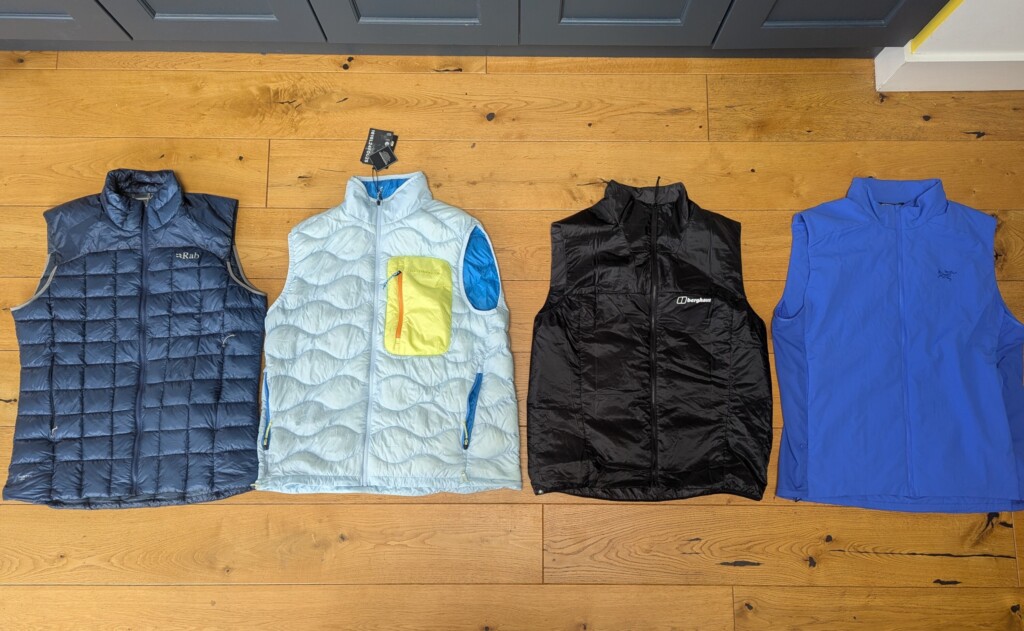
Review • Matthew Pink • Jun 06, 2025
Men’s Gilet Buyer’s Guide Summer 2025
Comparing and contrasting gilets from some of the main players in adventure
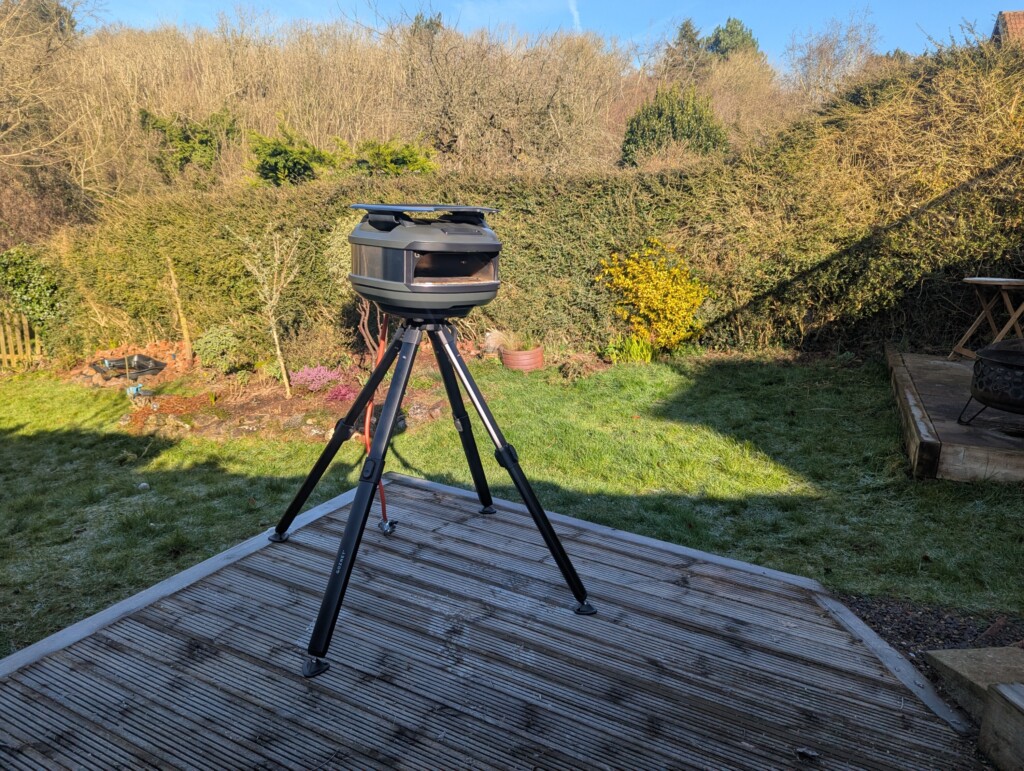
Review • Matthew Pink • Mar 14, 2025
Review: Gozney Tread portable pizza oven
A gas-fired pizza oven for fine food on the road or in the wild.
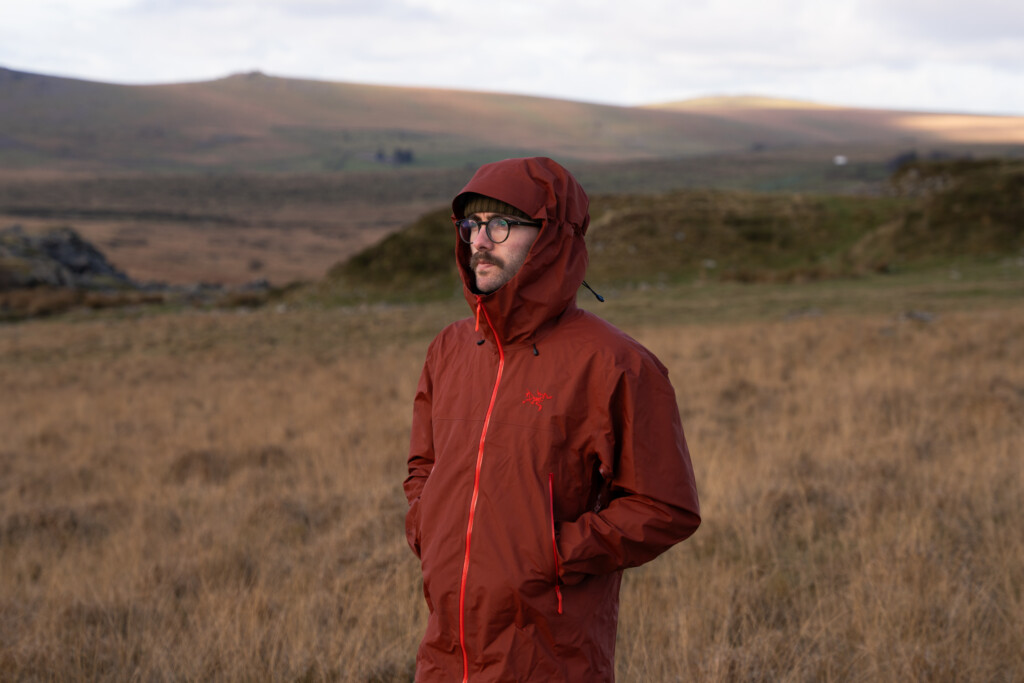
Review • Sam Firth • Jan 28, 2025
Review: Arc’teryx Beta SL Jacket
A jacket that is lightweight AND waterproof!

